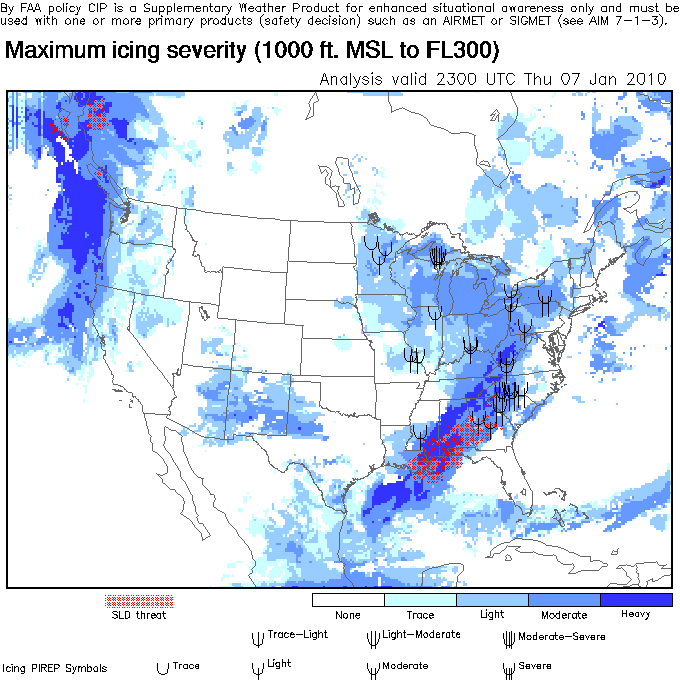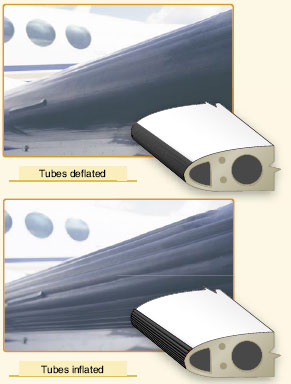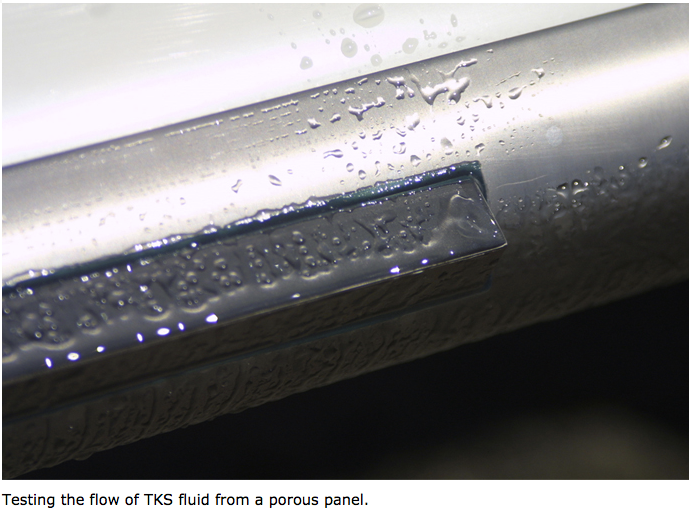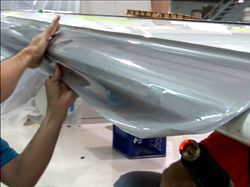Airframe Icing
Why is airframe ice bad?
- Increases drag (dramatically)
- Reduces lift
- Reduces power by choking off air to powerplant
- Significantly increases airplane weight
- Increases stall speed
- Reduces propeller thrust
- Potential for tail stall
- Reduces or eliminates visibility from cockpit after entering visual conditions
- 12% of all weather-related accidents are caused by icing. 27% of those involve fatalities.
Types of Ice:
- Rime - has rough, milky white appearance
- Clear - clear and smooth, denser and harder than rime, and generally more difficult for deice systems to remove
- Mixed - a combination of clear and rime
From OverTheAirwaves.com:
Defensive Icing Strategies
The surface analysis is, by far, the best tool the winter IFR pilot has in his or her bag of icing avoidance tricks. To appreciate this fact, we must understand that all sub-freezing clouds do NOT contain icing conditions! The key to knowing where icing conditions are likely to exist can be found in the surface analysis chart.
Icing conditions are significantly more likely to be encountered along fronts. Similarly, low pressure areas, particularly along the more northerly sides of fronts are guaranteed areas of icing when air temperatures are at or below freezing.
On the other hand, finding icing in sub-freezing clouds in high pressure areas is less likely. Water droplet sizes tend to be too small and there is not enough disturbance in the atmosphere to create SLDs (super-cooled large droplets) that freeze on impact with the wings and propeller.
Please note that these are generalized observations. Icing occurs, frankly, where you find it. Understanding and using the surface analysis chart will, however, go a long way in keeping us in smooth, ice-free air.
Okay, so how do we know which sub-freezing clouds to avoid?
...We pilots should treat all sub-freezing clouds as if they contained lots of ice . . . then we should act accordingly.
Acting accordingly, of course, means having an immediate, guaranteed accessible "back door" (VFR conditions or above freezing temperatures) to bolt to should airframe icing be experienced.
Looking first at VFR conditions, here's what we're looking for:
1. Cloud bases higher than the minimum vectoring altitude
2. Cloud tops within two or three minutes climb capability.
Looking next at above freezing temperatures, here's what we're looking for:
1. Freezing level above the minimum vectoring altitude.
2. Temperature inversion with above freezing temperatures aloft.
If either of these two desired conditions do not exist, do not penetrate sub-freezing clouds.
The more stable the atmosphere, the lower the risk of icing. In stable conditions, water droplets too small to adhere to the airframe seldom grow to larger ice-creating sizes.
Fronts and low pressure areas, on the other hand, create instability in the atmosphere.
The Supercooled Large Droplet chart available here can also be a very helpful tool for pilots to avoid icing conditions.

Deice and Anti-ice Aircraft Systems
1. Airframe
- Boots - inflatable boots are inflated by pneumatic pumps to break ice off of lift surfaces on which they are installed (deice)
- TKS - 85% ethylene glycol solution pumped to critical lift surfaces to prevent ice from adhering to airframe (anti-ice, not deice)
- Bleed Air - small amount of hot air bled from turbine engine through plumbing to leading edge of wing, engine intake, etc
- ThermaWing - leading edges have electric heat system installed to heat the bond between ice and airframe to shed ice buildups
Deice Boots:

TKS:

ThermaWing:

2. Propeller
- Electric prop - electric boots provide heat to prop
- TKS - 85% ethylene glycol solution pumped to prop root and covers surface to prevent ice formation
- Alcohol - similar to TKS, an alcohol solution is slung from the root of the prop
3. Intake
- Alternate air - alternate air intake to utilize when the primary air intake becomes blocked
- Bleed air - hot air bled to engine intake to remove ice
4. Fuel
- Heated fuel vent - electric current provides heat to fuel vent to assist in shedding ice
- Alternate fuel vent - Bonanzas (and perhaps others) have a T in fuel vent line to second vent that is recessed on bottom surface of the wing
5. Pitot-static
- Heated pitot - electric current provides heat to pitot tube assisting in shedding and prevent ice formation
- Alternate static - alternate static source to utilize when primary static source is blocked by ice. As a last resort, break glass on VSI.